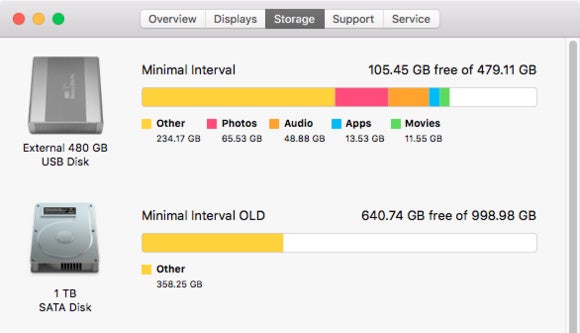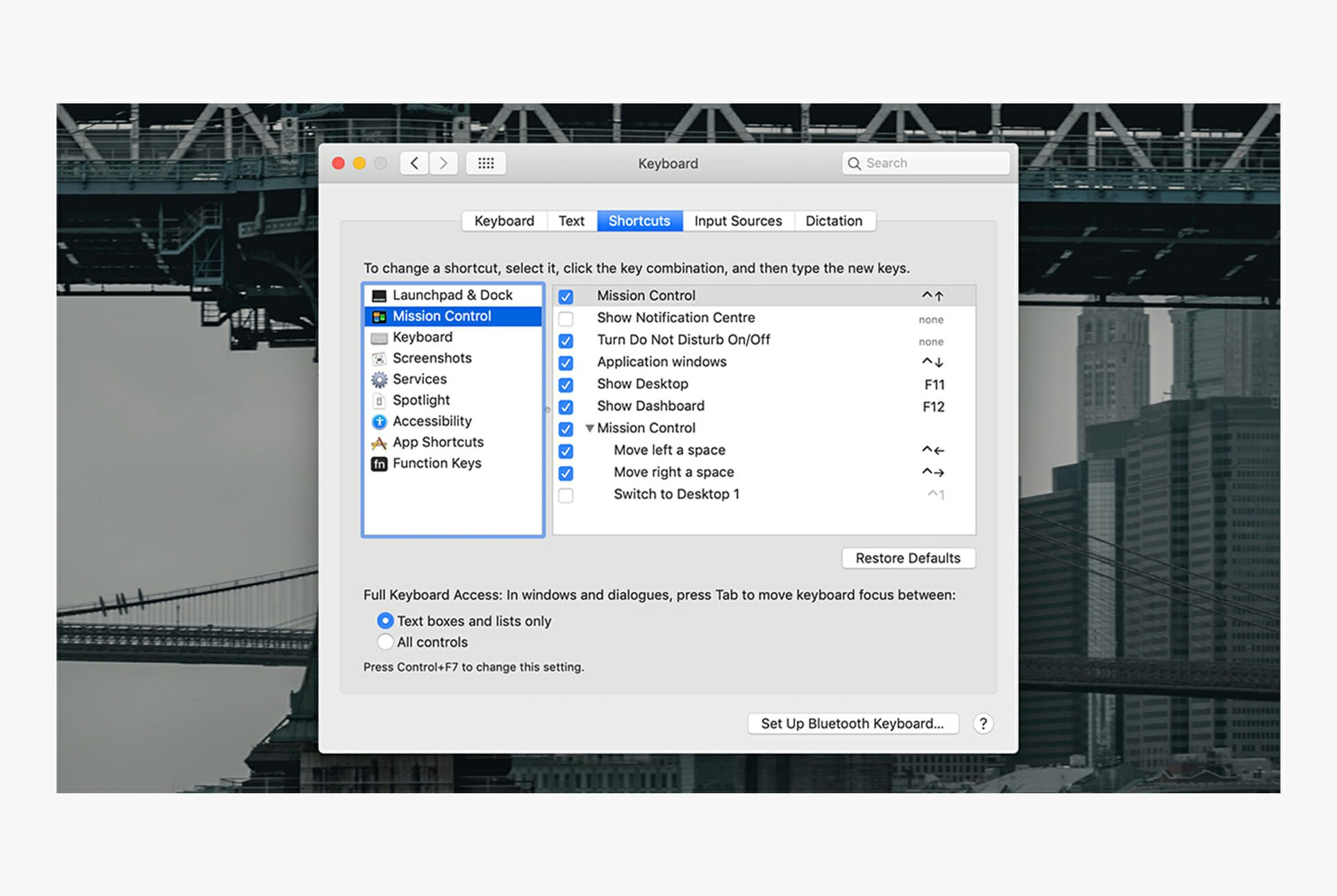

Conversely, the best kind of light you can have in your office is natural light.Īs early as 1979, researchers have advised that natural light and natural views tend to reduce stress, improve mood and morale, decrease anxiety, and aid concentration. Poor lighting-whether it's dim lighting or harsh lighting from overhead fluorescent lights-can cause eye strain, stress, and fatigue.

The quality of lighting in your office can affect your mood and your well-being. Consider your desk setup across the five features below to get more work done during the day with less effort. One study by Herman Miller found that workplace design had "a small but consistent and real influence" on workers' performance-increasing productivity as much as 16% and job satisfaction by 9%. Download or see the full-size image.Įven small tweaks to your desk setup can make a big difference in your productivity and well-beingĭon't underestimate how much your surroundings can influence your productivity. And feel free to share this graphic with others, on your site or on your social networks. Keep reading below for more details, research, and suggestions. The illustration below offers a bird's eye view of some of the most important elements in a healthy and productive office. The Essential Elements of an Ideal Workspace Infographic: How to Set Up Your Desk for Productivity and Ergonomics With a few adjustments, however, you can improve your working environment and keep your desk from killing you. Your workspace shouldn't wear you down every day, but that's what uncomfortable chairs, messy desks, and poor lighting do-even though you might not notice these things day after day. Here's what science says about the best way to set up your office for ergonomics and productivity. When you spend hours at your desk every day, even the smallest features of your workspace-such as the position of your monitor or the height of your chair-can greatly affect your productivity and even your health.


 0 kommentar(er)
0 kommentar(er)
